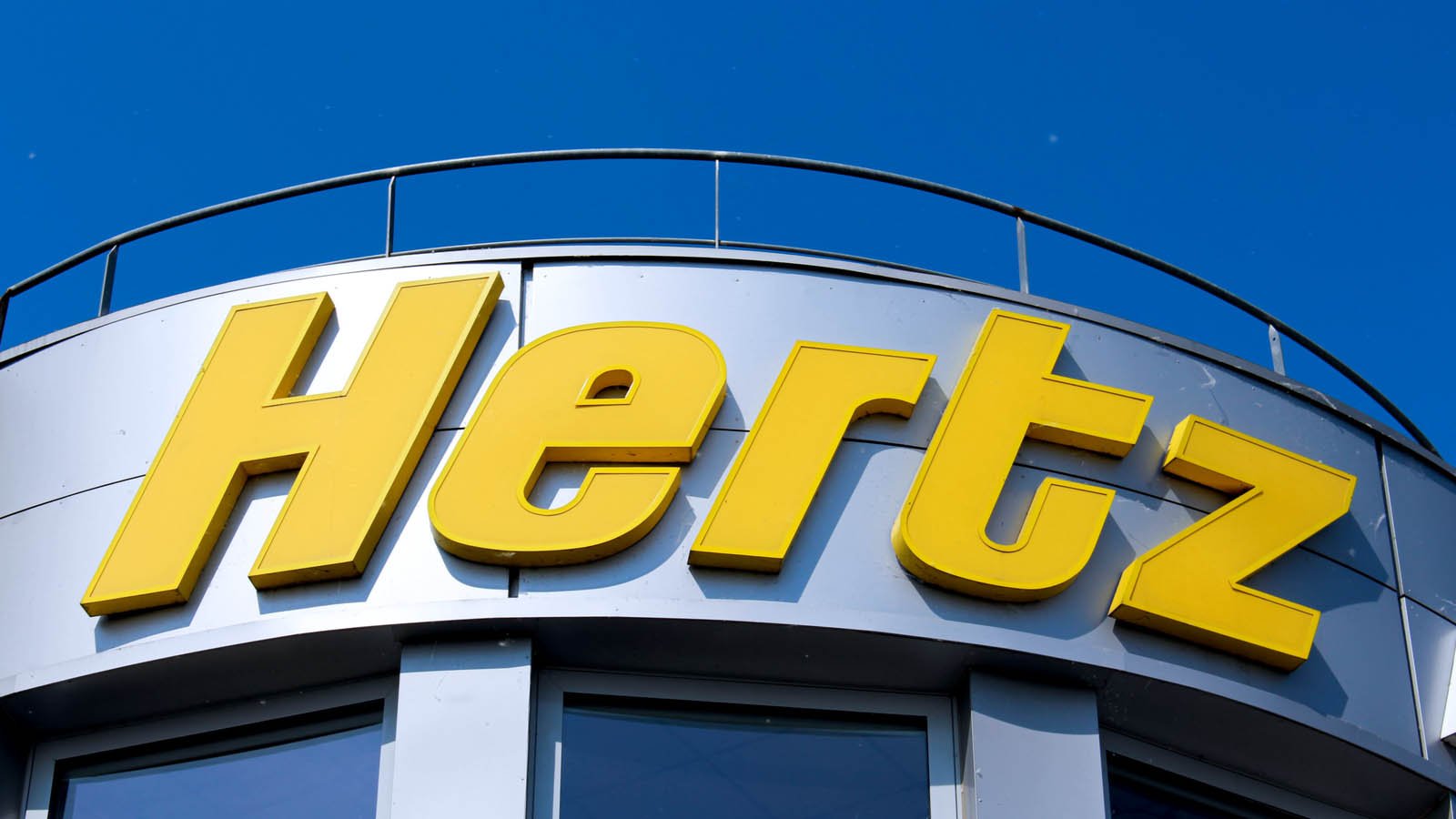Simultaneously, Hertz Global (NYSE:HTZ) is both an obvious investment in terms of trajectory prediction as well as the most perplexing. When the novel coronavirus hit us earlier this year, one of the most disrupted sectors was transportation. As you can imagine, the appetite for travel – especially air travel – dropped to a staggering low around mid-April.

Back then, the volume of air passengers fell to less than 4% of the numbers seen in the year-ago level. Nominally, that translates to fewer than 100,000 passengers per day across the nation. On any given day last year, you would see millions of people take to the friendly skies.
Therefore, until this demand returns, the investment case for Hertz Global lacks complete credibility. In that sense, it is encouraging that data from the Centers for Disease Control and Prevention demonstrates much lower new coronavirus cases against the summer peaks.
Some analysts are taking this as a cue to initiate speculative positions in hard-hit transportation names, such as Delta Air Lines (NYSE:DAL) or Carnival (NYSE:CCL). But I’m not so enthusiastic. Although air passenger volume has increased substantially from the bottom this year, recent improvement have decelerated conspicuously. Take a look at these figures:
- In May, passenger count averaged 9.6% of the year-ago level.
- In June, this metric increased to 19%.
- In July, the average was 26%
- In August, passenger count improved to 29%.
In September (up to Sept. 27), the average is 32.4%. Mathematically, demand is indeed improving. However, since July, the improvements have been incremental. I mean, the rate of change between 26% and 32.4% is less than 25%.
Unfortunately, incremental improvements are not going to cut it for HTZ.
Travel Demand Is an Ugly Harbinger for HTZ
Honestly, as a company directly levered to travel sentiment, I couldn’t think of a worse market to gamble on. Admittedly, some positive developments or even rumors to balance out the doom and gloom could see HTZ temporarily drive higher.
In addition, I’m well aware of the shifting rules of the new normal: anything that can go up, will go up (maybe). But even the allure of striking it rich isn’t enough for me to justify a long position with Hertz. Everywhere you look, the fundamentals are tightening a noose around the company’s neck.
The biggest headwind isn’t just the slow recovery in air passenger volume but of the flights themselves. According to the Bureau of Transportation Statistics, on the week of Sept. 13, over 104,000 domestic flights took off. But against the year-ago level, this was down nearly 44%.
If you think that’s a fluke, I recommend you check out my article covering JetBlue Airways (NASDAQ:JBLU). In it, I describe how most major airliners are struggling to fill seats. With the notable exception of Spirit Airlines (NYSE:SAVE) and American Airlines (NASDAQ:AAL), most companies are running load factors (percentage of seats filled by passengers) below 60% for the month of June.
Unless the load factor situation improves exponentially from here, the airline industry is not sustainable. Right now, we have too many flights competing for fewer passenger dollars. And that trickles down into a miniscule base for Hertz to extract revenue from.
Plus, you’ll notice that in my write-up, Hawaiian (NASDAQ:HA) has the lowest load factor at 34.5%. Clearly, with a pandemic, very few people consider vacationing a smart activity. But the more people stay at home, the less likely it is that HTZ can dig itself out.
There’s Nowhere to Go
If you’re holding out hope that something, anything can change to shift momentum in Hertz, you may just want to consider another investment. Looking further down the line, I don’t see any meaningful improvement that could help HTZ.
Let’s go back to the Bureau of Transportation Statistics. According to its compiled data, people are generally spending less time on the road. That’s quite understandable given that many if not most white-collar companies are operating from home.
But where Americans are hitting the road more are for trips that involve distances longer than 100 miles. Here, for the week of Sept. 6, travel stats are up 26% year-over-year. Likely, this is due to the explosion of recreational vehicle demand for the purposes of vacationing and escaping Covid-19.
Sadly for Hertz, I see this dynamic increasing, especially as long as the coronavirus is still a public health threat. If you think about it, RVing is the only vacation form that’s not heavily mitigated. You’d be too worried about catching something on an airplane and ditto that for a cruise ship.
With an RV? You determine where you want to go on your terms, with the people you want next to you. Therefore, unless Hertz plans on pivoting to this business, I don’t see a bright future for HTZ.
On the date of publication, Josh Enomoto did not have (either directly or indirectly) any positions in the securities mentioned in this article.
A former senior business analyst for Sony Electronics, Josh Enomoto has helped broker major contracts with Fortune Global 500 companies. Over the past several years, he has delivered unique, critical insights for the investment markets, as well as various other industries including legal, construction management, and healthcare.
